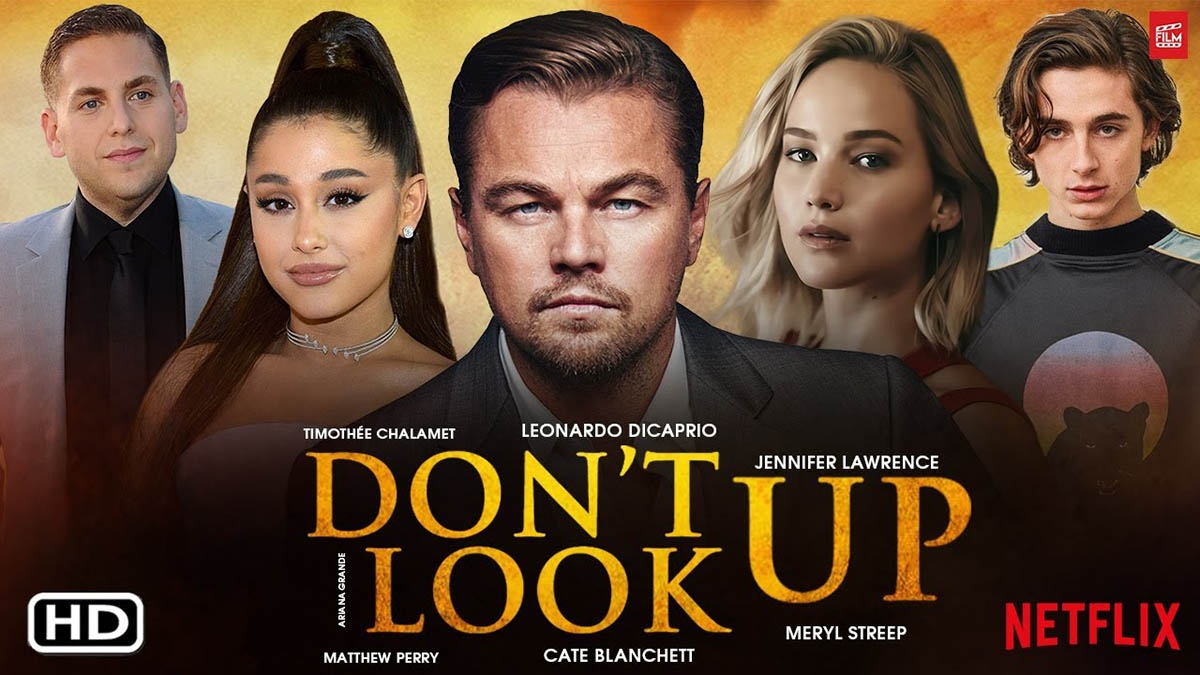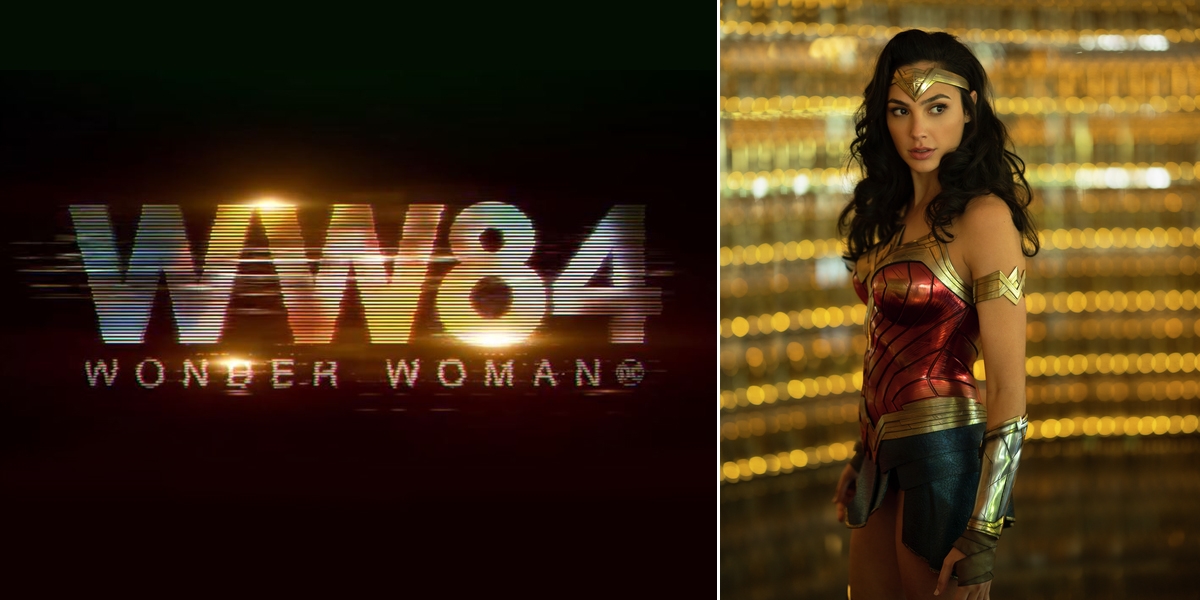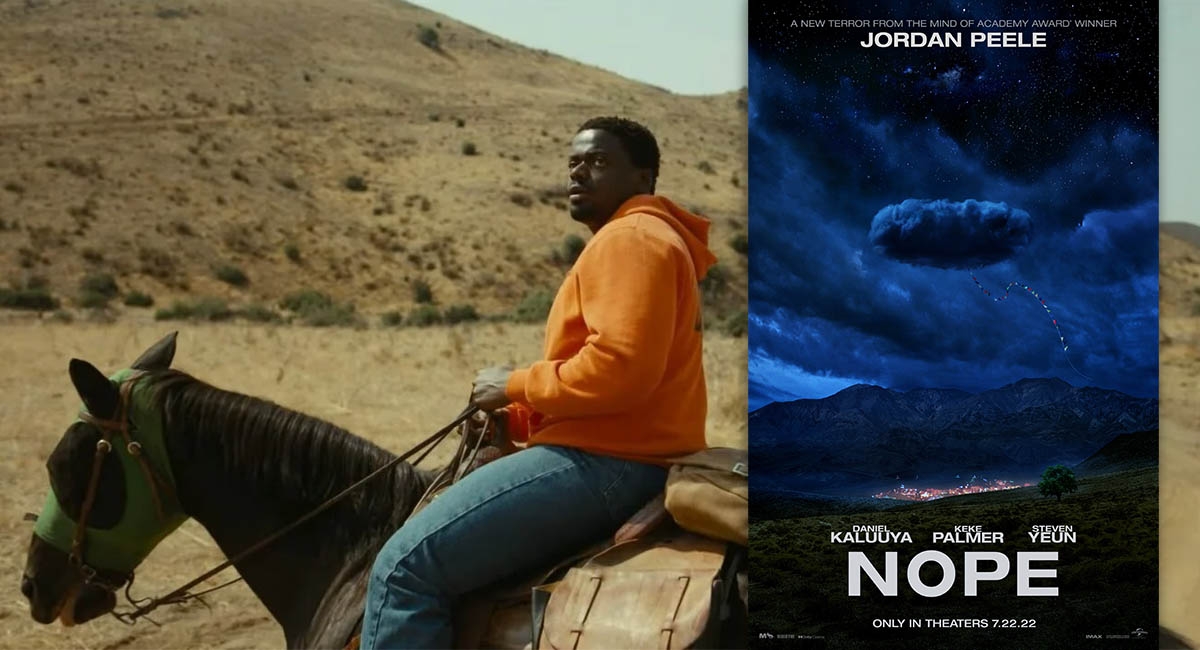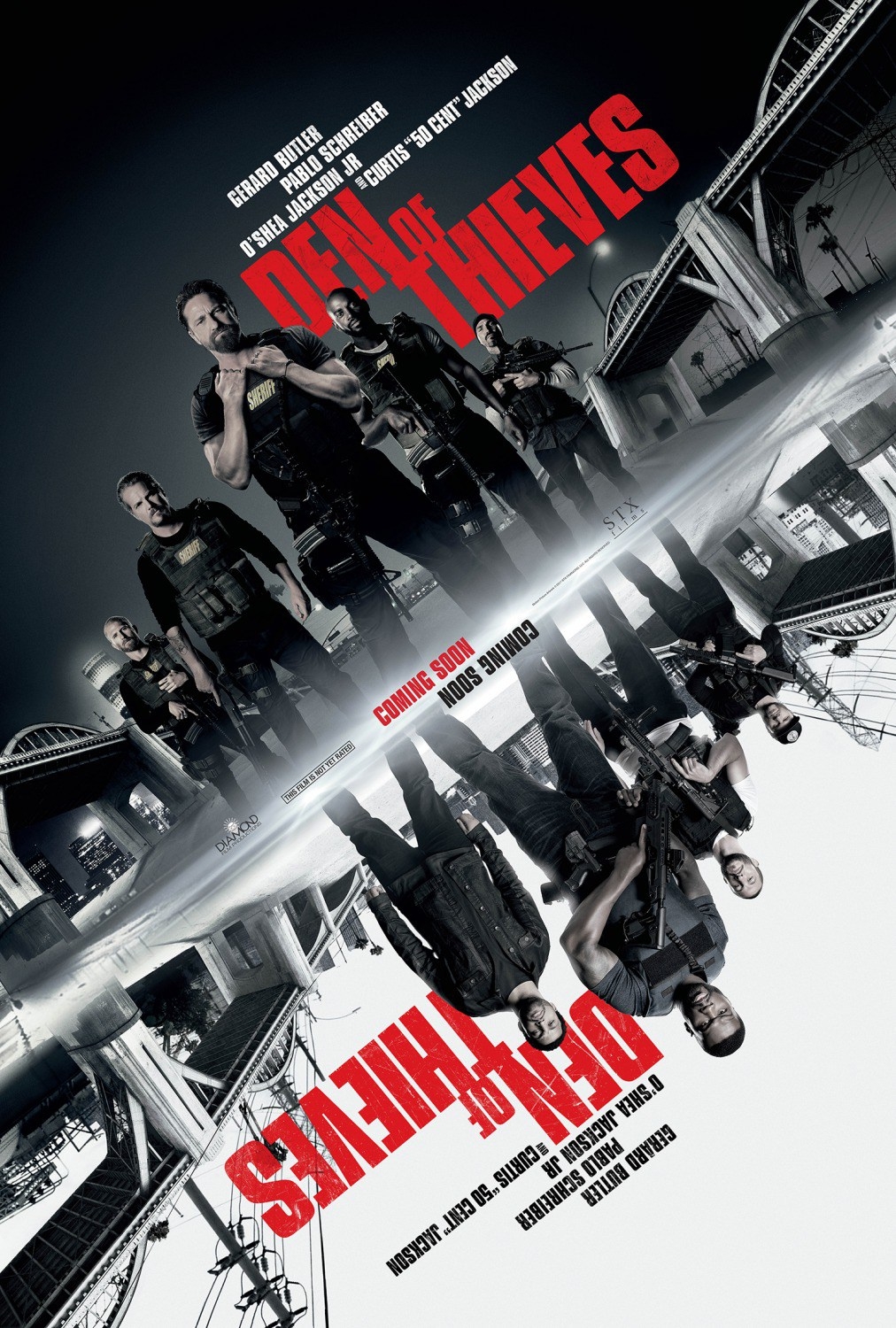
Movie review: Don’t Look Up
Review by Howard Adelman
I first watched the film a week ago. I claimed to have walked out after watching one-third of the film. My wife claimed that I had only seen 20% and, on that basis, could not criticize the admiration and love my two youngest children had for the movie. I went back to watch the rest and discovered that I had, in fact, watched almost exactly half the film – one hour and eleven minutes of two hours and eighteen minutes. I believe I was right in insisting that one need not feel compelled to watch an entire feature – or read an entire book – if the part covered already puts a bitter taste in one’s mouth. Quit reading or watching. Except if you want to write down a scathing review.
The film has a studded cast –
- Leonardo DiCaprio as Dr. Randall Mindy, the astrophysicist in whose lab the giant comet or death star is discovered that is characterized as a death star for it is huge and heading directly towards the earth.
- Jennifer Lawrence plays Dr. Mindy’s graduate student, Kate Dibiasky, who actually discovered the comet
- Meryl Streep plays President Orlean of the United States as an over-the-top politician concerned only with ratings and escapist solutions.
- Rob Morgan is Dr. Teddy Oglethorpe as the sincere NASA scientist who provides the gravitas and official seal of approval to the Mindy-Dibiasky claim.
- Jonah Hill plays Jason Orlean as Meryl Streep’s top political advisor. The role is deeply beneath either his comic or dramatic capabilities.
- Cate Blanchett is Brie Evantree, the co-host of a sensationalist interview show that exploits the news of the deadly comet to enhance ratings as she wallows in banality.
- Adam Mckasy co-authored the script with Kevin Messick and directed the movie. The film was released for streaming on Netflix on the day before Christmas.
One quickly senses a harangue rather than an acute biting satire, a film that in its structure self-destructs long before planet earth is destroyed. The movie is celebrated by those who admire it for skewering the state of American politics and the marriage of celebrity culture and technology. But the movie is neither insightful nor subtle, but the graphics in the latter part of the movie make it then eminently watchable. This attempt at a screwball satire is a flagrant flop, a mess of a movie that nowhere understands the very essence of satire. Sledgehammers are not part of the armory of satire. Nasty it may be, but not deplorable. And it is hard not to link these two. McKay certainly fails. Instead of debasing, defiling, and destroying the targets of its satire, they are simply presented as ridiculous with no apparent – I stress apparent – protection of civility. Ridicule is reduced to jeering. The film lacks acuity and is not at all incisive.
Sure, there is corporate greed. Sure, there is a pompous political quest for popularity. Media are presented as amoral and there is not an ounce of culture in the whole film that can serve as a cover for all the venality. The cynicism of the smug and simplistic writing and direction comes across as more worthy of satire than even the targets in the film. Finally, what begins as a feeble attempt at satire evolves into a traditional disaster movie with the doom overwhelming any smiles let alone laughter.
Look at where the film begins. Not with the reaction to the news of the death star, but with its discovery by a graduate student – a plausible start to a disaster movie but irrelevant to a satire where the object satirized must be front and centre. In the next act, when the news is greeted by the political powers, not as an imminent threat but as a message to be massaged to reduce fear, as a distraction from scandal as well as an opportunity to make money, we are presented with the target of the satire, but already undressed and naked with no effort to convince us of why such political staging or economic pursuit has any substantive appeal.
I have no bone to pick with McKay. The Big Short was incisive and everything that Don’t Look Up is not. Why? Because in The Big Short, the audience begins in the dark and is enlightened by the movie. In Don’t Look Up, the audience never sees how dark the sky is until it is lit up by the fiery tail of the comet. We never see the cover of darkness but are only introduced to having contempt for that to which we are exposed – but we probably held those views before we even saw the film.
Just as it is important to understand why we are blind to what is in front of us, it is also important to understand the supreme failure of Don’t Look Up by revealing the core of how satire works. It is not enough to look down on the world; it is important to use satire to see through the clouds of dust that obscure what is going on.
In a satire, the characters are one-dimensional rather than having fully rounded personalities. Further, the characteristic of that which is targeted allows that individual to be described as a superficial liar, someone caught up in a popularity contest, a dishonest individual, or a bigot. There are as many targets as there are despicable characteristics in humans and social impediments to a healthy, functioning society. Satire belittles what others esteem. However, it is important to display the esteem first to unveil it as just a cloud obscuring our vision.
Satire, as Northrop Frye wrote, is militant rather than friendly irony. The bullets are verbal witticisms based on “the sense of the grotesque or absurd”. But where is the wit in the film? The social targets are manifold, to be belittled and diminished as a threat by the force of exaggeration. Criticism is too tame a word for satire which should be caustic, corrosive, and acidic, aimed at dissolving and destroying the institutional practices which resist reform. Satire provides a comical universal solvent that eats away at anything in its path.
Unlike invective, which tries to destroy by heaving boulders, satire eats away at its target in a steady but scathing and very sharp tearing apart of the fabric of its object of denunciation. Satire must be both barbed and biting. Satire gnaws away at the surrounding cover to put in sharp relief the flaws engraved on the body politic. If a tattoo engraves the ridiculous and the cliché on the body, satire attacks the flesh to reveal the remainder in sharp relief. Satire is to denunciation what guerilla warfare is to inter-state battles. The mob attacks on the Capitol in Washington of 6 January 2021 are assaults; satire uses rapiers rather than flagpoles and mace, guns, and truncheons. For examples of satirists, one thinks of Juvenal and Horace, of Swift and Rabelais.
A common stance of satire is apocalyptic. The world as configured is destroying itself. The targets of satire are the hypocrites responsible for that self-destruction. To uncover the hypocrisy, the apparent sincerity and goodness of the target must first be put on the screen before the grotesqueness is revealed. Before individuals are revealed as monstrosities, their apparent bona fides must first be tabled before the attitudes and mores behind them are exploded into delusionary and gigantic hallucinations. Reality is revealed to be a fantasy. We ingest our dose of satire to attack our constipated characterization of the world so that the satire serves as an emetic and turns constipation into diarrhea – or, in actual practice, logorrhea, that is, verbal diarrhea.
In the film, Don’t Look Up, however, it is the comet that breaks into fragments before it crashes into and destroys the earth which goes up in a cosmic blast rather than being dissolved into scattered particles. Instead of the frame, the apocalypse becomes the substance.
Originally published on howardadelman.com













